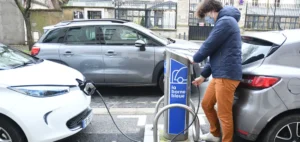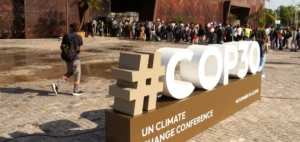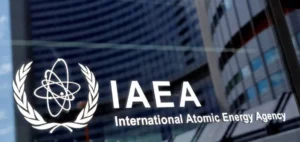The Indian government has approved a public programme worth INR7,280 crore ($872mn) to establish a complete production chain for rare earth permanent magnets, targeting an annual capacity of 6,000 tonnes. This initiative aims to reduce the country’s dependence on China, which holds a dominant position in mining, refining and manufacturing of these strategic components.
Industrial goals and programme structure
The plan is based on a seven-year production-linked incentive (PLI) scheme, with INR6,450 crore ($773mn) allocated to sales-based disbursements and INR750 crore ($89mn) in investment subsidies. Five companies will be selected through a competitive bidding process, each eligible to set up a capacity of up to 1,200 tonnes per year. The plants are expected to be operational by 2028.
This programme comes as China introduced new export restrictions on magnets and associated critical metals in 2025, requiring licensing and detailed end-use declarations even for products with trace rare earth content. India, which holds about 6% of global rare earth reserves, still accounts for only a small share of global production.
Vertical integration and reduced dependence
India currently imports nearly all finished magnets, with 53,748 tonnes imported during fiscal year 2024–2025. Domestic demand is growing rapidly, driven by the electric vehicle, wind energy and defence sectors. State-owned IREL (India) Limited, which holds a monopoly over monazite-bearing mineral sands, is exploring technological partnerships with Japanese and South Korean firms to develop domestic value chains.
India’s strategy forms part of an industrialisation push, supported by the Mines and Minerals (Development and Regulation) Amendment Act, which now allows private companies to explore and mine critical minerals, including rare earths. This policy shift aims to accelerate vertical integration from raw ore to industrial components.
Global market pressures and expected outcomes
China controls roughly 70% of global mining, over 90% of refining, and more than 90% of permanent magnet production. Its export restrictions have intensified global supply chain tensions. In response, India aims to position itself as a credible alternative supplier in the friend-shoring strategies pursued by the United States, the European Union and Japan.
India’s planned capacity would account for around 10% of Chinese magnet exports in 2024, estimated at 58,000 tonnes. While the immediate impact on global prices may be limited, this development would gradually shift the industry’s geographical balance. Most of India’s output is expected to be consumed domestically, reducing exposure to critical import risks.
Implications for selected companies
Selected firms will receive investment grants and sales-based incentives over five years, significantly reducing the payback period for capital-intensive projects. Target markets include electric vehicle manufacturers, wind turbine producers, and defence contractors, all facing increased supply chain risks.
However, companies will face the technological challenge of producing high-grade neodymium-iron-boron (NdFeB) and samarium-cobalt (SmCo) magnets to meet international automotive, aerospace and defence standards. Indian authorities expect that structured international partnerships will facilitate the required knowledge transfer.






















